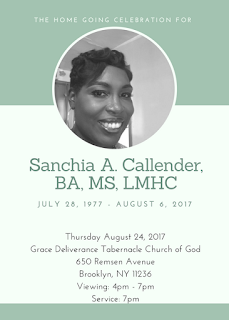The microscopic patterns of life often repeat themselves in telescopic images of the universe. How we attempt to describe autism has a galactic representative as well. At first I thought to use the
Magellanic Clouds but really any galaxy will do and
colliding galaxies work even better.
A collection of a variety of types of stars, maybe some
globular clusters, gases, dust, maybe some planets around those some of those stars, and other celestial bodies zipping about
The Large Magellanic Cloud is a globular cluster in our Milky Way galaxy. Pick any star on the edge of the cloud, is it in or out? Move a bit beyond to the next star, in or out? The edges of the clouds are as fuzzy as the edges of the autism spectrum. The cloud travels through the galaxy as a discreet body. The stars in the cloud interact with each other in predictable ways.
Galaxies colliding model the changing ground of societal expectations and scientific understanding of autism. New conflagrations occur, old ones are destroyed, new issues come to the front others fade into the background. While you have one new entity its various parts are different from each other, some by a little some by a lot, depending on how you choose to divide it up.
Our understanding of the universe is limited by our Earth-bound perspective. So too the understanding of autism is often limited by studying it only from the perspective of those who are not autistic. While we aren't leaving our solar system anytime soon to observe the universe there are a growing number of autistic people who are ready and willing to help us gain a better understanding of autism.
Originally posted at Autism Attitude.





Comments
Post a Comment